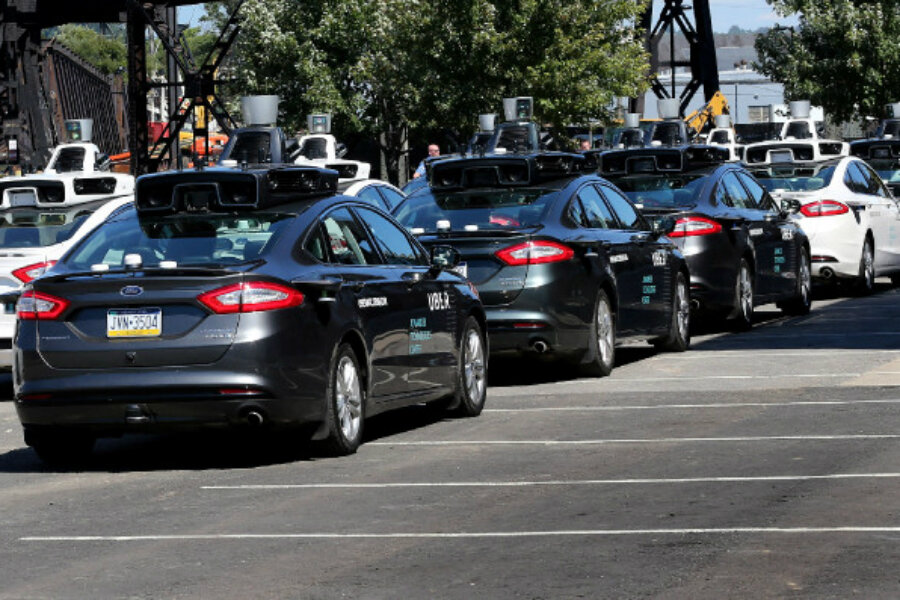Federal government releases guidelines for self-driving vehicles
Loading...
The federal government finally gave autonomous cars a green light Monday when it released the long-awaited Federal Automated Vehicles Policy.
With Uber already testing self-driving taxis in Pittsburgh and the Lyft president predicting Monday that autonomous cars will nearly replace private car ownership in the next 10 years, the guidelines could smooth the way for this nascent industry.
The Department of Transportation, which drafted the guidelines, expressed confidence in the potential for autonomous technology while outlining a set of technological regulations that manufacturers must be able to prove their self-driving vehicles can meet. The guidelines also clarify some of the policy questions that have lagged technological advances in recent years.
"We’re laying it out there, what we care about, and inviting the industry to show us how they meet those standards," Department of Transportation Secretary Anthony Foxx told USA Today. "Some companies haven’t dealt with us, but they’ll learn quickly we can go really deep on these topics. We want the public to be safe."
The new regulations outline a 15-point safety standard for the development and testing of self-driving vehicles, including how the car reacts in technological emergencies and how passengers are protected, both physically and from cyberattacks on the car’s software. It also calls on companies to be transparent about the collection of safety data on their vehicles.
Additionally, the policy clarifies what falls under state and federal responsibility. The federal government will set safety standards and investigate noncompliance while the states will license drivers, register vehicles, and enforce traffic laws. States were also asked to adopt uniform policies in order to combat growing concerns about state borders creating barriers to the deployment and practical use of autonomous technology.
“If every state is left to go its own way without a unified approach, operating self-driving cars across state boundaries would be an unworkable situation and one that will significantly hinder...the eventual deployment of autonomous vehicles,” Chris Urmson, head of Google’s self-driving car project, said in March.
While the guidelines express confidence in the potential for autonomous technology to increase safety, the government attempted to stop short of regulating the cars too narrowly.
“We left some areas intentionally vague because we wanted to outline the areas that need to be addressed and leave the rest to innovators,” Bryan Thomas, a spokesman for the National Highway Traffic Safety Administration, told the New York Times.
With regulations now in place, the conversation will shift from what do to about technological advancement outpacing policy, to how that policy will look in practice.
“We are in this weird transition,” Karl Brauer, senior editor at an auto research and valuation company Kelley Blue Book, told the New York Times. “It’s a tough balance for the regulators. You want to get this technology out, but you don’t want to move too quickly.”
In this case, regulations could actually give car manufacturers greater freedom to move forward with development.
Ford, which plans to roll out its first full autonomous car in 2021, said in a statement that the new regulations “will help establish the basis for a national framework that enables the safe deployment of autonomous vehicles. We also look forward to collaborating with states on areas that complement this national framework.”








